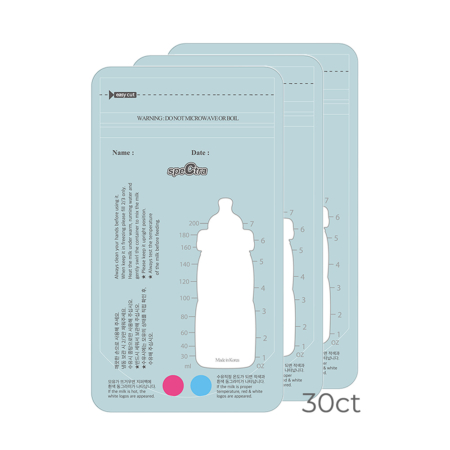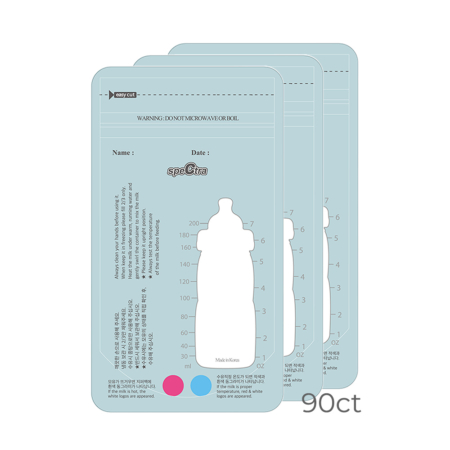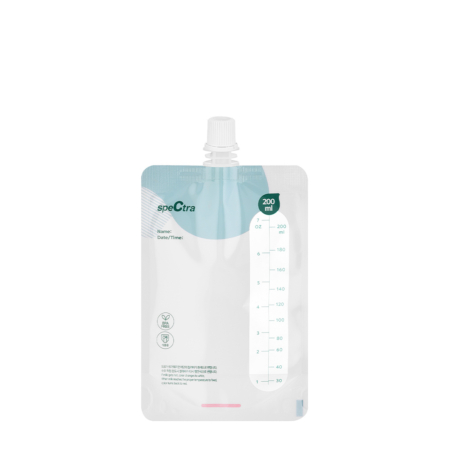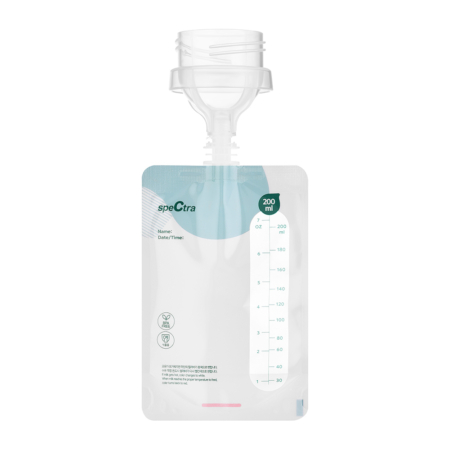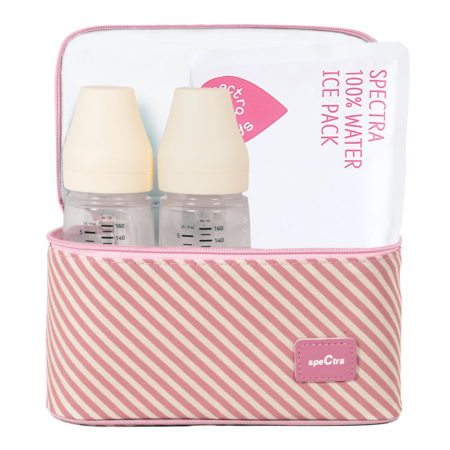What Causes Low Milk Supply?
Melissa Portunato MA, IBCLC
Breastfeeding may be natural, but it doesn’t always come as easy as we might hope. If you’re scrolling at 3 AM with one hand and holding a fussy baby in the other, you’re not alone! Many new moms run into challenges, and one common concern is – low milk supply.
But don’t stress! We got you covered with the top three culprits behind low milk production and the best ways to fight back. Let’s dive in!
The Big Three: Why Your Milk Supply Might Be Low
1) Feeding Frequency
In the whirlwind of new parenthood, life gets chaotic. Babies need to nurse frequently to keep the milk flowing, but sometimes schedules get tight, and exhaustion sets in. Feeding less often or cutting nursing sessions short can slow down milk production. Babies do best when fed “on cue,” which means responding to their early hunger signals, such as putting their fists to their mouth, smacking their lips, or rooting. Waiting until they cry, which is a late hunger cue, can lead to a fussy, “hangry” baby who may struggle to latch or refuse to latch altogether.
2) Check The Latch
Ever wonder why your little one seems to be working hard but not getting much? The culprit could be an ineffective latch. Poor latching or positioning can mean your baby isn’t transferring enough milk, which tells your body to slow down production. Bonus curveball: issues like a tongue tie can limit your baby’s tongue movement and make latching painful and difficult. The result? Frustration for both you and your baby.
3) Health Hurdles
Did you know that certain medical conditions can also play a major role in low milk supply? Health issues like thyroid disorders, hormone imbalances, polycystic ovarian syndrome (PCOS), and past breast surgeries can directly affect milk production. Managing or treating these underlying conditions is essential for better breastfeeding outcomes.
And while we’re on the health topic, stress can be a culprit too—it can sabotage your milk supply. Exhaustion, anxiety, and the pressures of new parenthood can prevent your body from releasing the oxytocin needed for milk let-down. Ironically, worrying about low milk supply can make the issue even worse.
3 Ways to Pump Up Your Supply
1) Feed Often, Feed On-Cue
It might seem obvious, but sometimes we need the reminder: feed as often as your baby wants, even if it feels like they’re permanently attached to you. Aim for every 2–3 hours, day and night, to send your body clear “we need more milk” signals. If your baby isn’t nursing, begin using a hospital-grade pump as soon as possible to stimulate milk production.
2) Give Your Milk A Boost
To increase milk production, try hand expressing milk for 5 minutes after nursing or pumping. This signals your body to produce more milk by removing additional milk. Many mothers find it helpful to pump during the early morning hours when milk production is naturally higher. Additionally, incorporating breast compression and massage (hands-on pumping) during breastfeeding can help increase milk flow, thoroughly empty the breasts, and further stimulate milk production. Together, these techniques can effectively encourage your body to produce more milk.
3) Call in the Expert: Work with an IBCLC
An International Board Certified Lactation Consultant (IBCLC) can spot latch and oral issues, help with positioning, and come up with tailored solutions to fit your breastfeeding goals. If you’re feeling like you’re trying to solve a puzzle without all the pieces, an IBCLC can be your go-to guide for figuring it all out. Don’t hesitate to reach out—they’ll change the game.
To address potential medical conditions, consider speaking with your healthcare provider about getting tests to check your thyroid function, hormone levels, and other relevant health factors. Identifying and treating these problems can make a significant difference in your milk supply.
You’ve got this, mama.
Take a deep breath, get support and keep rocking it!
Sources:
Academy of Pediatrics. (2022). Breastfeeding and the use of human milk. Pediatrics, 150(6), 1125-1130.
Berens, P., Lawrence, R. A., & Wright, C. (2023). Lactation and milk supply management in clinical practice. Journal of Human Lactation, 39(2), 147-159.
Kent, J. C., Gardner, H., & Geddes, D. T. (2022). The importance of feeding frequency and duration for lactation success. Journal of Clinical Lactation, 12(3), 123-134.

